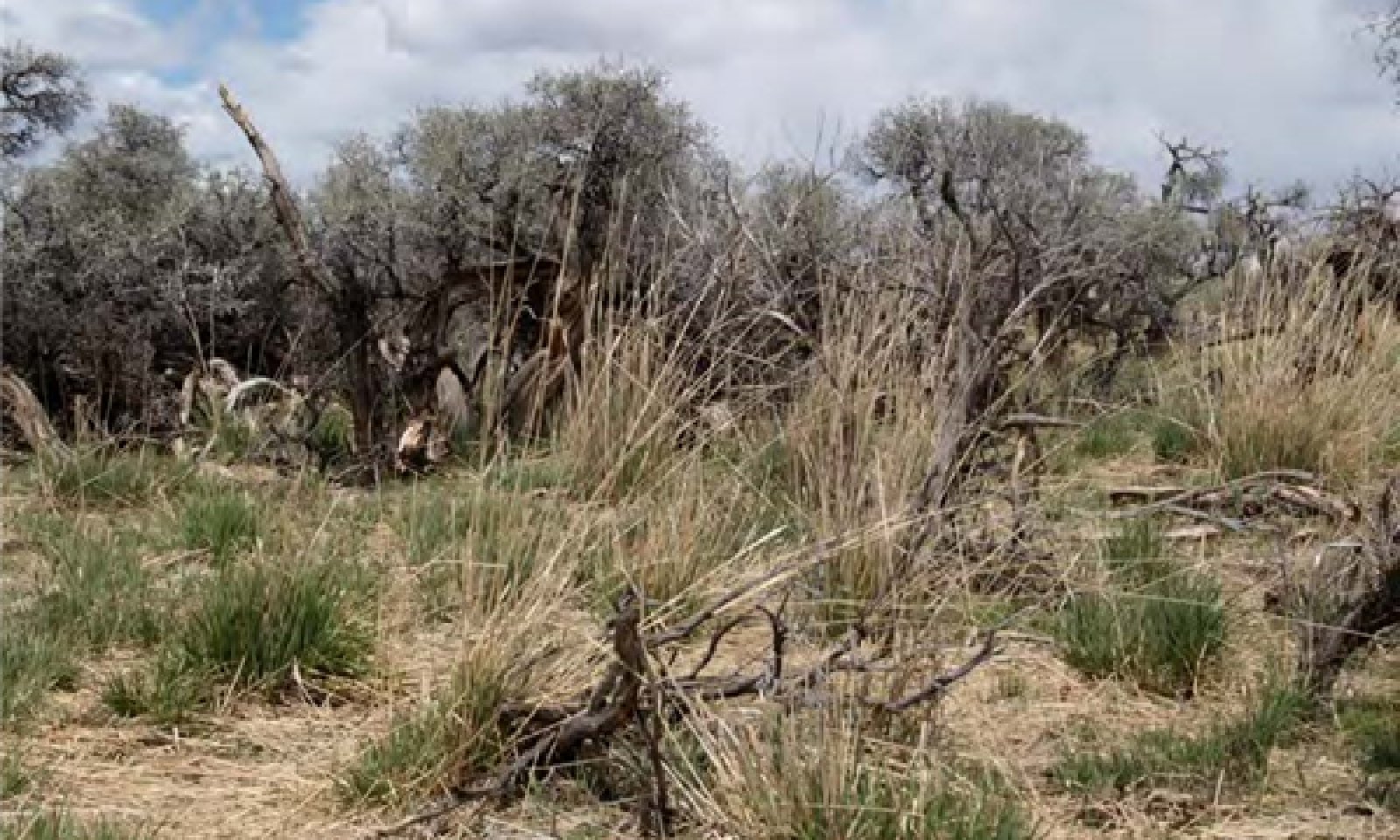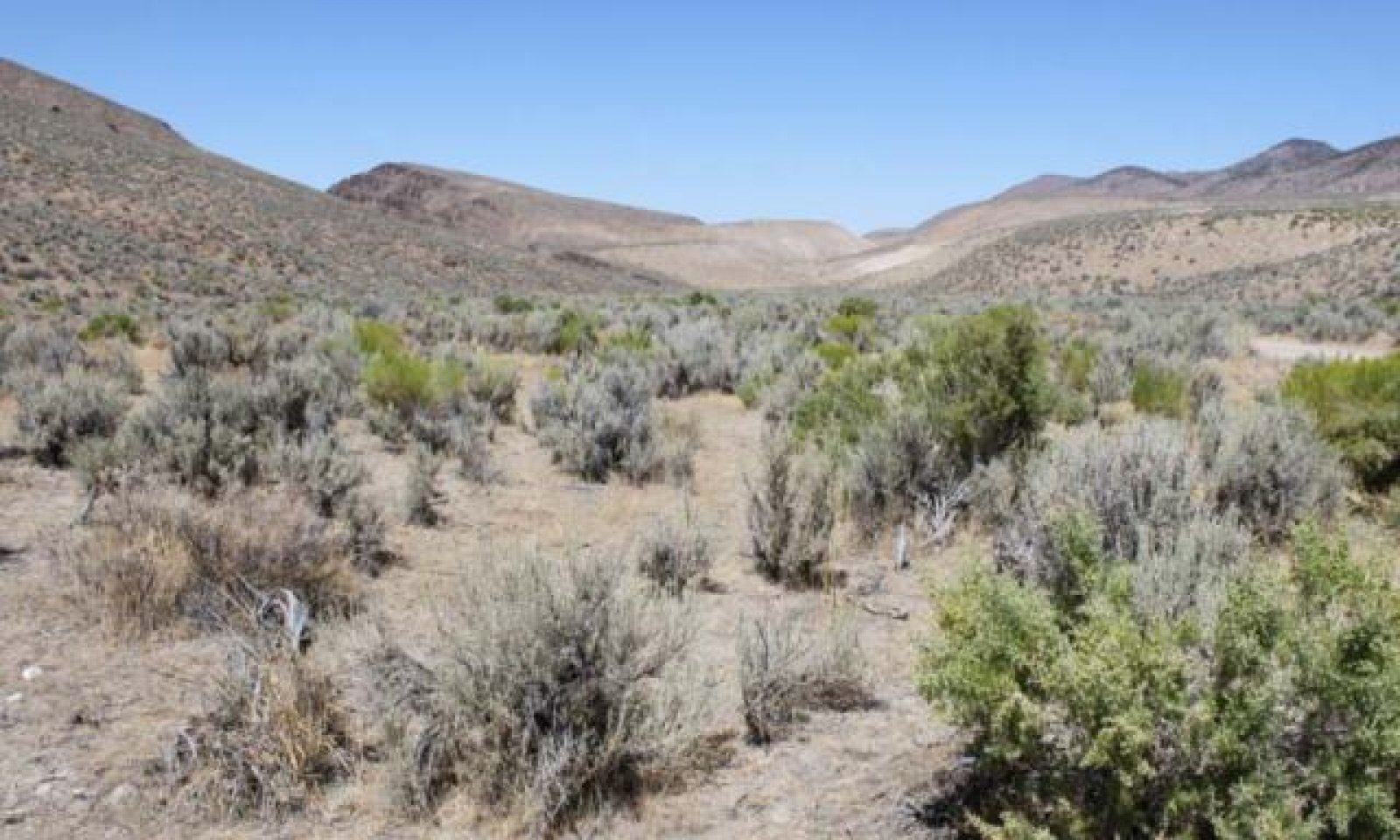
DRY FLOODPLAIN
Scenario model
Current ecosystem state
Select a state
Management practices/drivers
Select a transition or restoration pathway
- Transition T1A More details
- Transition T2A More details
- Transition T2B More details
- Restoration pathway R3A More details
- Transition T3A More details
-
No transition or restoration pathway between the selected states has been described
Target ecosystem state
Select a state
Description
The Reference State is a representative of the natural range of variability under pre-Euro settlement conditions. State dynamics are maintained by interactions between climatic patterns and disturbance regimes. Negative feedbacks enhance ecosystem resilience and contribute to the stability of the state. These include the presence of all structural and functional groups, low fine fuel loads, and retention of organic matter and nutrients. Plant community phase changes are primarily driven by fire, periodic drought and/or insect or disease attack.
Submodel
State 2
Current Potential State





Description
This state is similar to the Reference State. Ecological function has not changed, however the resiliency of the state has been reduced by the presence of non-native annual weeds. Communities invaded by annuals will experience a different rate of response following disturbances like fire. Non-native annuals can be highly flammable and may increase fire frequency.
Submodel
State 3
Shrub State



Description
This state is characterized by shrub dominance. Basin wildrye and other perennial bunchgrasses are drastically reduced or even missing. Shrub overstory dominates site resources such that soil water, nutrient capture, nutrient cycling and soil organic matter are temporally and spatially redistributed. Bare ground may be significant with soil redistribution occurring between interspace and canopy locations.
Submodel
Description
The plant communities have crossed an abiotic and biotic threshold and ecological dynamics are controlled by frequent fire, annual weedy species dominance, and wind and water erosion. Currently successful technologies to restore this state are not available.
Submodel
Mechanism
Trigger: This transition is caused by the introduction of non-native annual weeds, such as cheatgrass and Russian thistle.
Slow variables: Over time the annual non-native plants will increase within the community.
Threshold: Any amount of introduced non-native species causes an immediate decrease in the resilience of the site. Annual non-native species cannot be easily removed from the system and have the potential to significantly alter disturbance regimes from their historic range of variation.
Mechanism
Trigger: Inappropriate, long-term grazing of perennial bunchgrasses during the growing season would favor sagebrush and/or channel incisement leading to a lowering of the water table and reduction of overflow from adjacent stream.
Slow variables: Long term decrease in deep-rooted perennial grass density.
Threshold: Loss of deep-rooted perennial bunchgrasses changes spatial and temporal nutrient cycling and nutrient redistribution, and reduces soil organic matter.
Mechanism
Trigger: To Community Phase 4.1: Severe fire and/or soil disturbing treatments. To Community Phase 4.2: Inappropriate grazing management that favors shrubs in the presence of non-native species.
Slow variables: Increased production and cover of non-native annual species.
Threshold: Loss of deep-rooted perennial bunchgrasses and shrubs truncates, spatially and temporally, nutrient capture and cycling within the community. Increased, continuous fine fuels from annual non-native plants modify the fire regime by changing intensity, size and spatial variability of fires.
Mechanism
Restoration of this state would require mechanical or chemical brush treatment and control of annual invasive weed species. Seeding of grasses may be necessary if basin wildrye is severely reduced or no longer present in the community. Fire is not a recommended treatment. If channel incision has lowered the water table or altered spring soil moisture the probability of establishment of a basin wildrye seeding will be significantly reduced.
Mechanism
Trigger: To Community Phase 4.1: Severe fire and/or soil disturbing treatments. To Community Phase 4.2: Inappropriate grazing management in the presence of annual non-native species.
Slow variables: Increased production and cover of non-native annual species.
Threshold: Increased, continuous fine fuels modify the fire regime by changing intensity, size and spatial variability of fires. Changes in plant community composition and spatial variability of vegetation due to the loss of perennial bunchgrasses and sagebrush truncate energy capture spatially and temporally thus impacting nutrient cycling and distribution.
Model keys
Briefcase
Add ecological sites and Major Land Resource Areas to your briefcase by clicking on the briefcase (![]() ) icon wherever it occurs. Drag and drop items to reorder. Cookies are used to store briefcase items between browsing sessions. Because of this, the number of items that can be added to your briefcase is limited, and briefcase items added on one device and browser cannot be accessed from another device or browser. Users who do not wish to place cookies on their devices should not use the briefcase tool. Briefcase cookies serve no other purpose than described here and are deleted whenever browsing history is cleared.
) icon wherever it occurs. Drag and drop items to reorder. Cookies are used to store briefcase items between browsing sessions. Because of this, the number of items that can be added to your briefcase is limited, and briefcase items added on one device and browser cannot be accessed from another device or browser. Users who do not wish to place cookies on their devices should not use the briefcase tool. Briefcase cookies serve no other purpose than described here and are deleted whenever browsing history is cleared.
Ecological sites
Major Land Resource Areas
The Ecosystem Dynamics Interpretive Tool is an information system framework developed by the USDA-ARS Jornada Experimental Range, USDA Natural Resources Conservation Service, and New Mexico State University.

